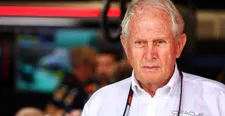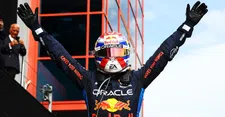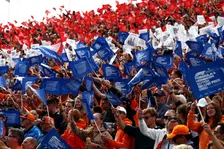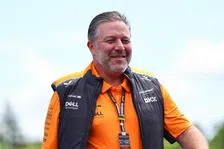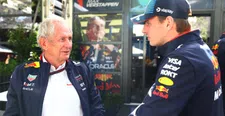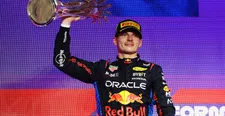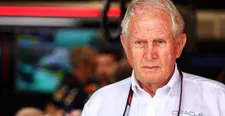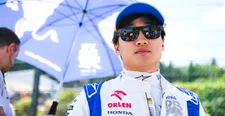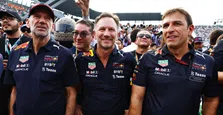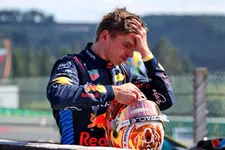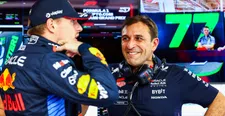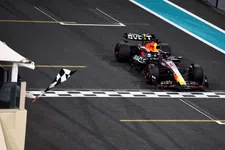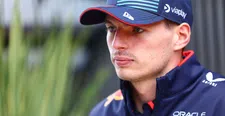Grands Prix have been held at Spa-Francorchamps since 1925 and the Belgian circuit was therefore on the very first Formula 1 calendar in 1950. Five-time world champion Juan Manuel Fangio managed to win the first Formula 1 edition. The circuit was absent from the calendar only three times until 1970. From 1972, the Belgian GP was held at Nivelles or Zolder, until Spa returned in 1983. In 1984, Zolder was again the venue, but from 1985 Spa was the destination of the race weekend. Since that year, only in 2003 and 2006 was the race not scheduled.
Circuit characteristics
The track has already undergone several changes and the original 1920 design is almost unrecognisable. Although the length was shortened from 14 to about seven kilometres in 1979, it is still the longest track on the calendar. For a long time, Spa-Francorchamps' roads were used as public roads between races, but since the last major renovation in 2007, this is no longer the case. The circuit is a rollercoaster with a height difference of around 100 metres.
A lap at Spa starts immediately with a good overtaking opportunity: La Source. The hairpin often guarantees spectacle on the first lap and many front wings have been lost. Then the circuit goes down steeply and you encounter Eau Rouge and Radillon. According to some drivers, this is the most beautiful corner of the entire calendar. The corner was modified in 2022 with run-off space, should a driver shoot off the track. Then it is a long straight to the best overtaking opportunity: Les Combes. Via Malmédy, Pouhon and Fagnes, you arrive at Stavelot. From there, it's full speed via Blanchimont towards the bus stop chicane: the circuit's last good overtaking opportunity.
Iconic races
With a rich history like Spa-Francorchamps has, it is only natural that several iconic GPs have been held at the track. In 1991 at Spa, we saw the debut of Michael Schumacher in the magnificent Jordan F191. Seven years later, we saw a massive starting crash, which resulted in several drivers dropping out and the race having to be restarted. It ended up being a remarkable one-two finish for Jordan's team, with Damon Hill taking his last F1 victory.
Lewis Hamilton and Felipe Massa battled for the title in 2008 and met several times on the track. Towards the end of the GP, rain came pouring down, so even Kimi Raikkonen could not keep his car on the asphalt. The win eventually went to Massa, despite Hamilton crossing the line earlier. In fact, the Briton received a 25-second penalty after the race for overtaking Massa too quickly after giving back his spot earlier.
In 2014, we saw Hamilton battle against teammate Nico Rosberg. The two collided, allowing Daniel Ricciardo to take his third GP victory unopposed. And what about 2019, when Charles Leclerc took a victory for the first time, one day after his friend Anthoine Hubert crashed at the same circuit in a Formula 2 race. Naturally, the Monegasque dedicated the victory to his late friend.
